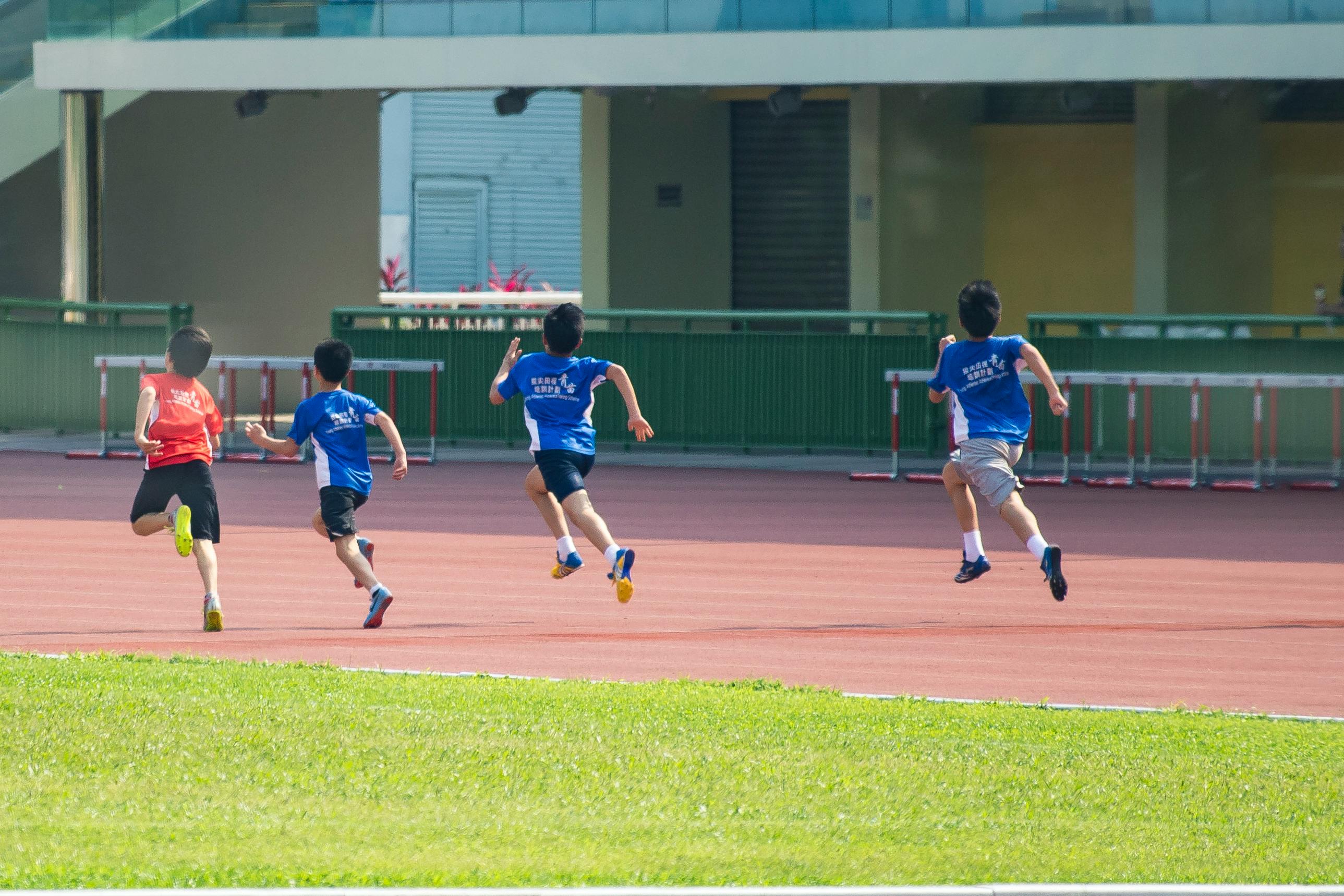Determining the Best Characteristics of a Malaysian Child Sports Talent Through Motor Performance

Photo by Jimmy Chan
Background
Measuring the physical abilities of children is helpful for understanding growth and development, as well as identifying gifted individuals by sports talent scouts. One of the common measures for physical abilities is the Motor Performance Index (MPI).
Objectives
The main objective of this report is to analyze the presented datasets based on children's motor performance using summary statistics, visualizations, statistical models, and textual explanations. It specifically seeks to:
- Explore the demographic profile and characteristics of the sample.
- Understand the relationship between the four motor skills.
- Explain how the children's attributes affect their motor skills.
Data Used
The dataset used in the analysis is a slightly cleaned version of a dataset described in the article entitled "Kids motor performances datasets" from the Data in Brief journal. It consists of a single CSV file, where each row represents a seven year old Malaysian child. The following lists describe its variables:
Four properties of motor skills were recorded.
- POWER (cm): Distance of a two-footed standing jump.
- SPEED (sec): Time taken to sprint 20m.
- FLEXIBILITY (cm): Distance reached forward in a sitting position.
- COORDINATION (no.): Number of catches of a ball, out of ten.
Attributes of the children are included.
- STATE: The Malaysian state where the child resides.
- RESIDENTIAL: Whether the child lives in a rural or urban area.
- GENDER: The child's gender,
Female orMale. - AGE: The child's age in years.
- WEIGHT (kg): The child's bodyweight in kg.
- HEIGHT (CM): The child's height in cm.
- BMI (kg/m2): The child's body mass index (weight in kg divided by height in meters squared).
- CLASS (BMI): Categorization of the BMI: "SEVERE THINNESS", "THINNESS", "NORMAL", "OVERWEIGHT", "OBESITY".
(Full details of these metrics are described in sections 2.2 to 2.5 of the linked article.)
Results & Discussion
Descriptive Analysis
The following information describe the demographic profile and characteristics of the sample composing of 1998 seven-year-old children who are in national primary regional school and participating in Malaysia's physical fitness test (SEGAK).
Numerical Variables
- As expected, the mean age of the children is around 7, with a standard deviation of 0.05.
- The mean weight is 22.21 kg, with a standard deviation of 5.41.
- The mean height is 118.26 cm, with a standard deviation of 5.97.
- The mean body mass index (BMI) is 15.77 (kg/m2), with a standard deviation of 3.06.
- The mean distance of a two-footed standing jump is 96.20 cm, with a standard deviation of 17.59.
- The mean time taken to sprint 20 m is 5.16 sec, with a standard deviation of 0.71.
- The mean distance reached forward in a sitting position is 26.2615 cm, with a standard deviation of 4.93.
- Out of ten, the mean number of ball catches is about 4, with a standard deviation of about 3.
- We can see from the boxplots below that all numerical variables seem to be symmetrically distributed at their median.
Categorical Variables
- The five Malaysian states with the most number of children residing in are:
ㅤ1. Selangor - 349 (17.5%)
ㅤ2. Johor - 241 (12.1%)
ㅤ3. Sabah - 202 (10.1%)
ㅤ4. Sarawak - 199 (10.0%)
ㅤ5. Perak - 166 (8.3%)
- Majority or 52.7% (1,052) of the sampled children are urban residents.
- There is an equal distribution between male and female gender groups.
- Majority or 71% (1,419) of the sampled children have normal BMIs.
Correlation Analysis
Using the sample, the following observations can be said about the pairwise correlations of the four motor skills:
- There is a low negative correlation of 0.36 between power and speed.
- Other pairs of variables seem to have negligible levels of correlation.
(This table was used for interpreting correlation coefficients.)